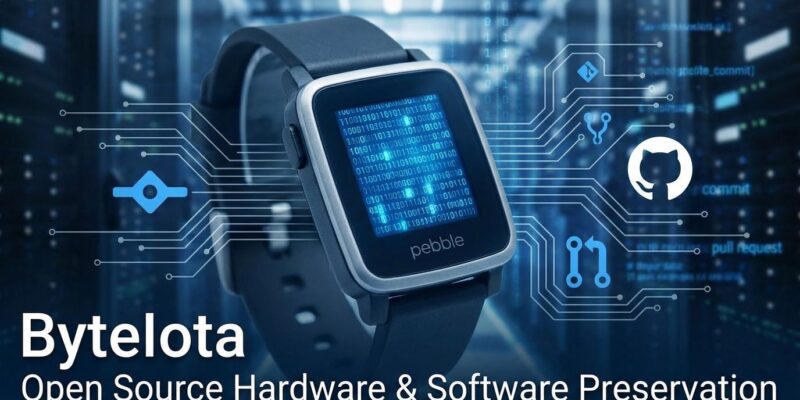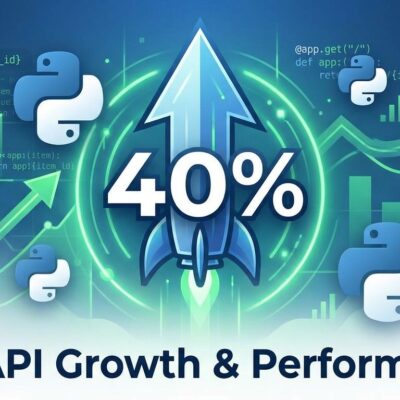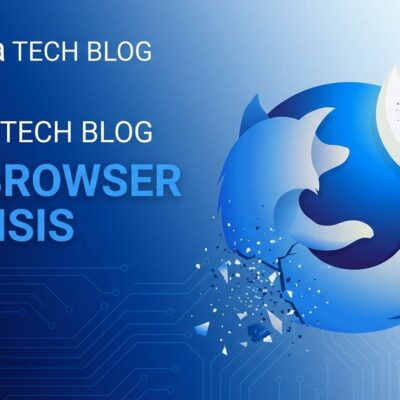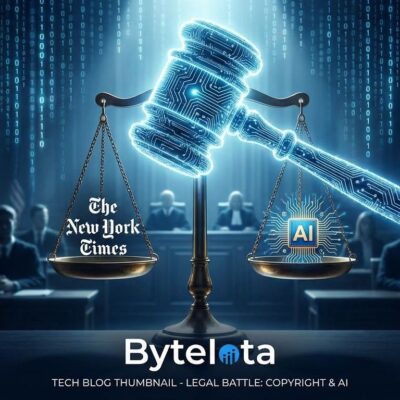
Most gadgets die when companies abandon them. Pebble refused to.
On November 24, 2025, Core Devices announced complete open-sourcing of the Pebble smartwatch platform. This moves Pebble from 95% to 100% open source, now including complete hardware electrical and mechanical designs with KiCad schematics on GitHub.
This isn’t about keeping an old smartwatch on life support. It’s total digital sovereignty. If Core Devices disappears tomorrow, Pebble survives. Want to build your own Pebble-compatible hardware? Go ahead. The community that refused to let this platform die in 2016 now owns it completely, forever.
What 100% Open Source Actually Means
The newly released components transform Pebble from mostly-open to entirely-free. The software stack includes PebbleOS, mobile companion apps for iOS and Android, and complete developer tooling. Google initially open-sourced PebbleOS in January 2025. Core Devices finished the job this week.
The hardware designs change everything. Electrical schematics, mechanical CAD files, PCB layouts, and KiCad project files for Pebble 2 Duo are now public. Anyone with manufacturing capability can produce Pebble-compatible watches independently. No permission required. No licensing fees.
Over 10,000 apps and watchfaces built by the original community work immediately. The entire ecosystem—software, hardware, apps, tools—is preserved and transferable indefinitely.
From $740M to Community Ownership
Pebble’s Kickstarter project raised $10.3 million in 2012, sold 2 million watches, and generated $230 million in sales. Watchmaker Citizen bid $740 million in 2015. Intel offered $70 million in 2016. Founder Eric Migicovsky refused both.
By December 2016, Pebble sold to Fitbit for just $23 million. Fitbit wanted software engineers and IP, not hardware. Manufacturing stopped. Services scheduled for shutdown.
The Rebble community launched two days later, frantically documenting APIs while servers were online. When official support ended in June 2018, Rebble was ready with replacement infrastructure. Nine years later, they’ve run the platform longer than Pebble Technology Corporation did. Over 177,000 users connect to Rebble services today.
When companies abandon platforms, they don’t have to die—if communities want them badly enough.
The Alternative to Apple’s Walled Garden
Pebble’s open-sourcing contrasts sharply with market leader Apple Watch. Apple runs proprietary watchOS with no public source code, locks exclusively to iPhone, prohibits custom watchfaces, and offers no repair documentation. Battery life: 18 hours.
Apple’s control extends beyond its own products. According to Migicovsky, “Apple systematically makes it nearly impossible for 3rd party wearable developers to build a smartwatch experience comparable to Apple Watch.” iOS restricts third-party smartwatches from sending iMessages, replying to notifications, or running background processes.
Pebble offers the opposite: 100% open source, works with iOS and Android, 30-day battery life on e-paper displays, complete hardware sovereignty. The Core Time 2 launching January 2026 costs $225—half an entry-level Apple Watch—with source code for everything.
Apple’s model assumes consumers replace devices on corporate timelines. Pebble’s model gives communities tools to maintain platforms indefinitely. One maximizes short-term revenue. The other maximizes long-term user control.
The Precedent for Digital Preservation
Core Devices ships new hardware: Core 2 Duo ($149, available now) and Core Time 2 ($225, January 2026). Both run fully open-source PebbleOS.
But the real story proves a model for digital preservation. When companies discontinue products, code and designs shouldn’t disappear into corporate archives. Microsoft Zune, Palm Pre, Windows Phone, Google Glass—all could have second lives if manufacturers released source code and schematics.
The right-to-repair movement has gained traction, but repair is just the first step. True device ownership means access to complete source code and manufacturing designs. Pebble demonstrates what that looks like: a commercial smartwatch platform, once valued at $740 million, now fully owned and maintained by its community.
Pebble refused to die because its community refused to let it. The $23 million Fitbit acquisition that should have been its end became a beginning. Every line of code, every schematic, every mechanical design now lives on GitHub—free to inspect, modify, and build upon.
Most gadgets die when companies abandon them. Pebble shows they don’t have to.











